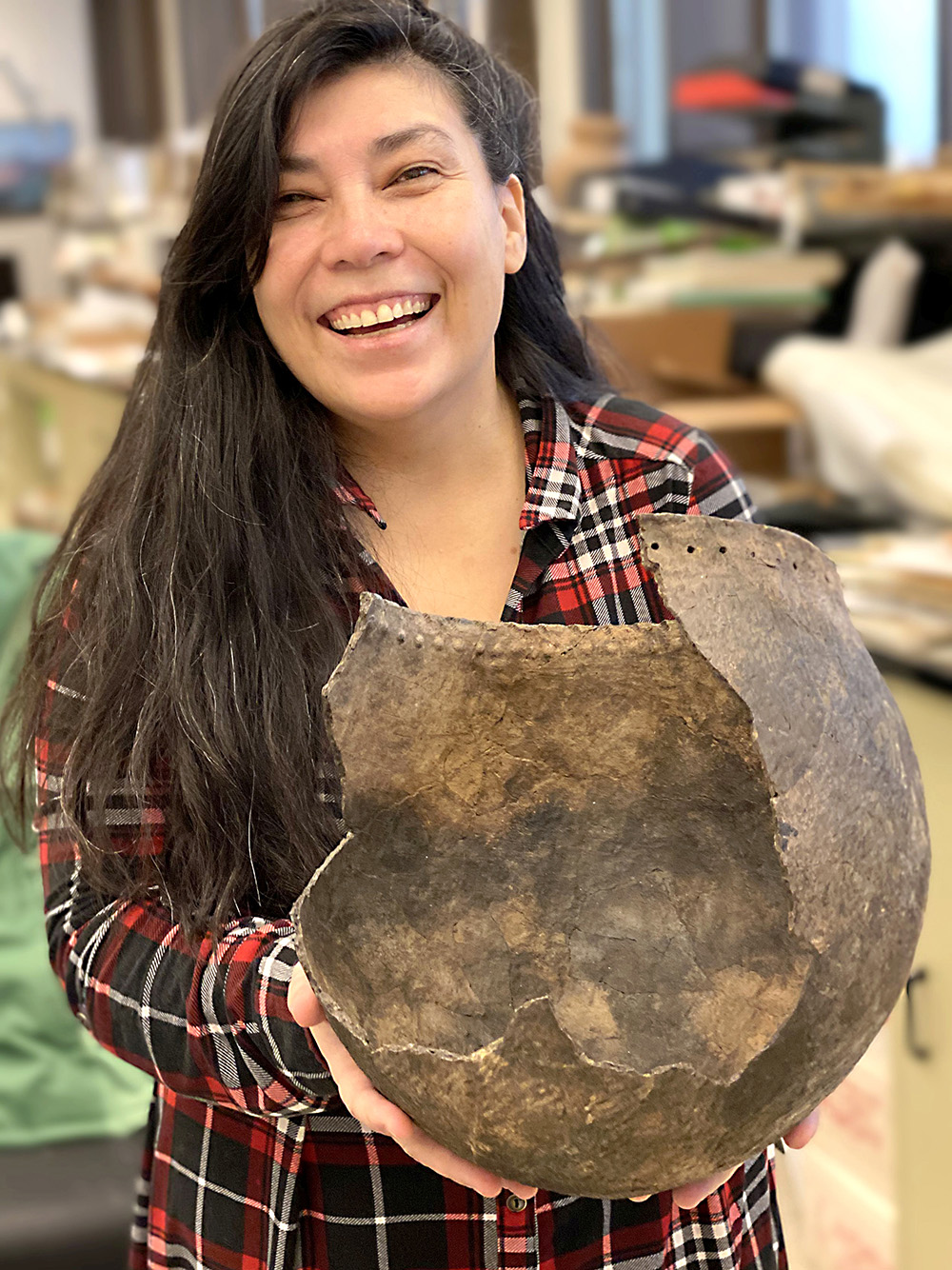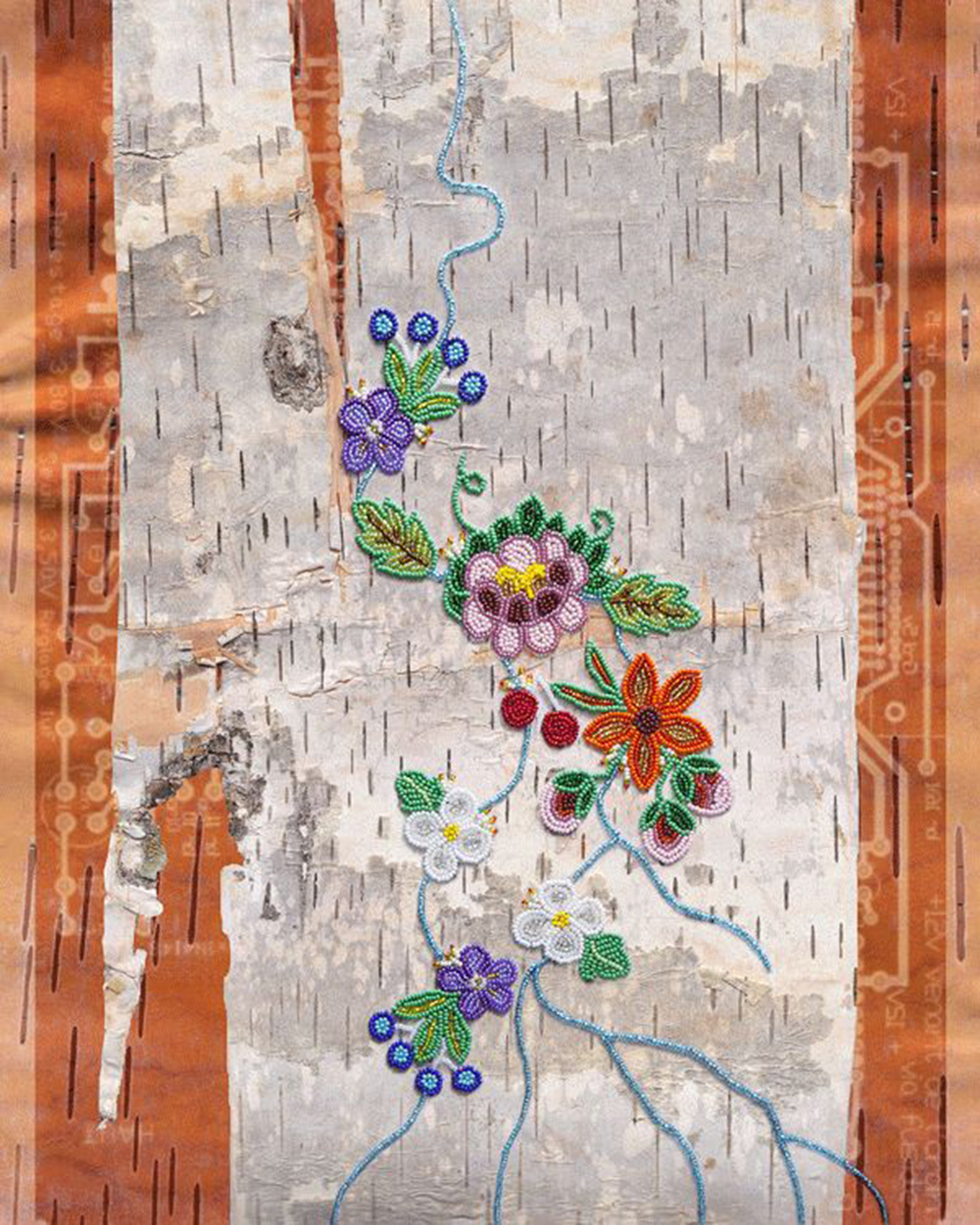Adams walking in ancestors’ footsteps
Advertisement
Read this article for free:
or
Already have an account? Log in here »
We need your support!
Local journalism needs your support!
As we navigate through unprecedented times, our journalists are working harder than ever to bring you the latest local updates to keep you safe and informed.
Now, more than ever, we need your support.
Starting at $15.99 plus taxes every four weeks you can access your Brandon Sun online and full access to all content as it appears on our website.
Subscribe Nowor call circulation directly at (204) 727-0527.
Your pledge helps to ensure we provide the news that matters most to your community!
To continue reading, please subscribe:
Add Brandon Sun access to your Free Press subscription for only an additional
$1 for the first 4 weeks*
*Your next subscription payment will increase by $1.00 and you will be charged $20.00 plus GST for four weeks. After four weeks, your payment will increase to $24.00 plus GST every four weeks.
Read unlimited articles for free today:
or
Already have an account? Log in here »
Hey there, time traveller!
This article was published 07/05/2020 (2035 days ago), so information in it may no longer be current.
Cree-Ojibway artist KC Adams’ work is rooted in ancestral knowledge, using materials from the land, with a focus on the future.
Water, birch bark and clay figure prominently in her work.
She arrives in Brandon today by way of the Art Gallery of Southwestern Manitoba, though by internet because of COVID-related health and safety concerns. Her main gallery exhibition, “Gage’gajiiwaan (Water flowing eternally brings people together),” which was scheduled to open in the main gallery, is launched instead today on the gallery’s website, and at 2 p.m., Adams will host an internet-based workshop on how to make a smudge bowl from clay endemic to Manitoba.

A conversation with the artist, who taught at Brandon University for a year, is a lesson in collaboration, innovation and connection — not surprising, since she considers teaching one of her three passions, along with art and family.
“If you look at my body of work, I’m really just walking in the footsteps of my ancestors,” Adams said.
Adams’ work incorporates that ancestral knowledge, which she calls blood memory, and part of the creation process involves excavating what has been forgotten.
“I’m drawing blood memory from that relationship with my ancestors, just like monarch butterflies who travel down to South America,” she said.
“They never meet their parents, but their DNA is imprinted with blood memory on where to go. As humans, who are much more sophisticated, much more complex organisms, to say that we don’t have that was always considered ridiculous. Then, finally, scientists caught up with Indigenous knowledge and proved that blood memory actually does exist.”
She makes clay vessels, and that work is based on work with Kevin Brownlee, curator of archeology at the Manitoba Museum. The two will discuss this topic on May 14, also at 2 p.m.
Her works with birch bark, especially, take the past-present-future philosophy to a visual level. Adams refers to birch bark as a technology.
“If you wanted to have a good hunt, you would go to midewin (medicine person) and you would ask them for support. They would draw on a scroll of birch bark and they would pass that on to the person. Knowledge is held within these birch bark pieces. That’s one of the reasons birch bark is this incredible technology, incredibly versatile,” Adams said.
“Anywhere in North America where there’s birch bark, it was utilized in such an incredible way because it was waterproof, so you got birch bark canoes. It was beautiful, so you could do things like birch bark, biting, fold it and bite it and get these beautiful designs. Women used it as a template sometimes on their moccasins or they used it as a pastime to see who can come up with the best designs.”
Birch bark was also used for shelter and for baskets.
“So it’s a technology that was cherished. And, like I said, it was used as a medicine, as a knowledge keeper,” Adams said.
“So I’m kind of using all of those kinds of elements and creating a visual language, talking about how our ancestors used this technology.”
Adams said, as an artist, she looks to the past for guidance, firmly plants her feet in the present, and looks to the future — and that’s a message she wants to impart.
“So you’ll see computer circuit boards in there, understanding that’s our new way of communicating. If you look at Indigenous artists, they embrace technology as a new form of storytelling. When I think about birch bark, I think about those technologies and how we as a people evolve and tap into those technologies, but always paying attention to the past,” she said.

But at the heart of her exhibition the viewer will find water, and the accumulation of Adams’ participation and exploration at several Anishinaabe Nibi (water) gatherings organized by environmental lawyer Aimée Craft, who worked with elders to learn Anishinaabe water law. These gatherings take place annually on the land, though this year’s is cancelled. Adams said her show is based in that knowledge elders shared.
“What is the one thing that is really important to our future? That is clean water. That’s the element of looking to the future,” she said.
“This is the knowledge we all need to know. It doesn’t matter what culture you come from. We all need this knowledge. We all need to make those connections and to take this seriously.”
Craft is an Anishinaabe-Métis lawyer and university professor who will participate with Adams in a web-based discussion of their work toward decolonizing relationships to water and protecting the sacredness of water May 21, in an episode entitled Protecting Sacred Water
Anishinaabe knowledge keeper Sherry Copenace also has a role to play, but that’s to discover as the viewer peruses the online exhibition.
May will culminate in a performance by Adams entitled From the Land and Water May 28.
Meanwhile, the gallery has indicated it will re-open to the public on May 19 with reduced hours.
“We encourage the community to get involved in the online activities we’ll be organizing over the summer. Over the next few months, the (gallery) will ramp up online activities, including hosting a series of talks, workshops, and performances, all online. Check agsm.ca for more information and dates,” it stated.
» mletourneau@brandonsun.com
» Michele LeTourneau covers Indigenous matters for The Brandon Sun under the Local Journalism Initiative, a federally funded program that supports the creation of original civic journalism.
